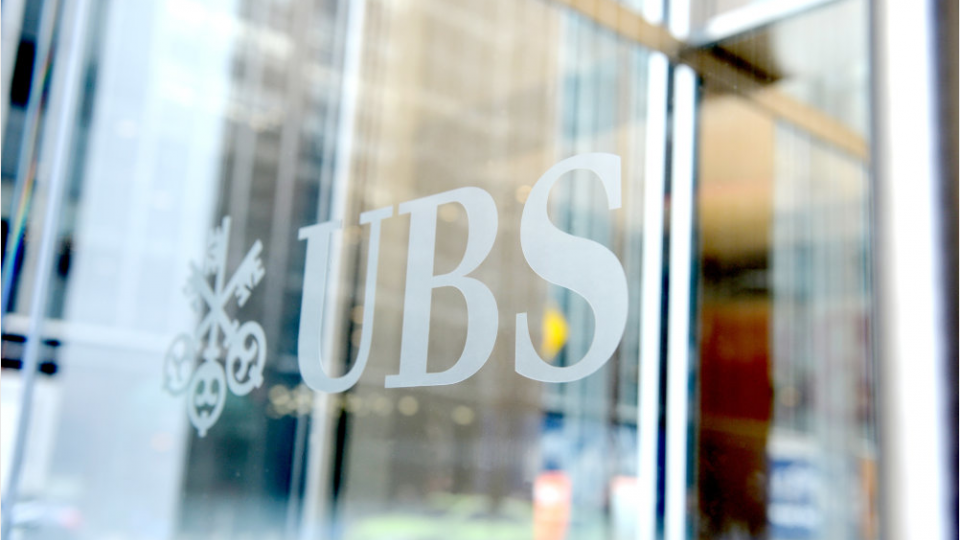
In 2020, top real estate locations held up, prices will inevitably drop, writes Gunnar Herm, real estate strategist at UBS Asset Management in his latest European Real Estate Outlook.
Europe remains in a somewhat gloomy situation despite strong 3Q GDP growth numbers. Occupier demand has been very subdued for all asset classes apart from logistics, while investment volumes have been down as investors struggle to visit assets and become more nervous about the market outlook. As a result, we are not expecting strong momentum going into 4Q causing most countries to have a weak 2020.
Offices
In terms of real estate markets, the pandemic has radically reconfigured the nature of occupier demand. Offices had been benefitting from relatively low construction rates and robust demand, particularly for grade A floorplates. However, the pandemic has put most expansion plans on hold and led many to speculate that many companies will no longer need an office due to the now established practice of mass homeworking. It is difficult to gauge the effect of this on the total market as most available data sources focus on prime assets only. These have been the most resilient throughout the crisis and have seen rents maintained despite a rumored increase in incentives. Availability of prime stock remains fairly low as well, with leasing levels remaining fairly robust. However, it is surely only a matter of time before we see rental falls. It is worth noting that Eurozone rents increased by 1.9% YoY but fell by -0.4% QoQ, indicating there has been a marked momentum shift.
Retail
While certain categories of retail sales have benefitted – such as DIY and grocery – the overall reduction in mobility has still not been reversed as infections rise and governments reintroduce restriction measures. Store closures are increasing as a result of both administrations and reduction in the number of stores by viable retailers. Inditex for instance, the owner of Zara, announced the closure of 1,200 of its 7,200 stores around the world by the end of 2021. This will most severely impact the high street and shopping center markets. While on the other end of the spectrum, retail warehouses should be more defensive due to a lower exposure to shoes and apparel, sectors which have suffered the worst drop in sales over the lockdown period. As a result prime rents tumbled, falling by 4% in just one quarter.
Logistics & Industry
The industrial and logistics sector on the other hand has benefitted massively from the pandemic as e-commerce rates have surged and many companies have begun looking to repatriate various elements of their production. Take-up has risen strongly across Europe as demand has surged from a variety of occupiers.
An interesting growth area has been online grocery retail, which was previously a very niche area of e-commerce. Penetration rates in the US have increased from 7-8% pre-pandemic to 23% at the most recent reading. This is likely to be mirrored across Europe as consumers have grown to trust online grocery ordering, and occupiers are becoming increasingly innovative and data-driven in their solutions to meet the increased demand.
A very well-known story over the past decade has been the transformation of the logistics sector from its perception as a grubby, uninteresting sector to being the apple of investors’ eyes. The Amazon effect and all the other associated drivers have been discussed ad nauseam and matched with eyewatering amounts of capital.
Just before the pandemic broke, we were starting to take the view that logistics was becoming too highly priced, particularly in the core Northern markets of the UK, Germany, Netherlands and most recently France. This view has now shifted again. Despite appearing to be nearing the end of its bull run, the pandemic has injected yet more vigor into the golden sector. If you include deals in contract, investment volumes for the first 10 months of the year are almost equivalent to those in the same period in the previous years, a stellar performance considering the malaise hanging over the general market. Volumes have moderated by just 2%, compared with market-wide declines of 30-70%.
This has come at a price; it is now barely possible to find a yield above 5% for a sector which has traditionally had a high-income return. The key to understanding a logistics real estate investment at these prices is thinking hard about how future-proofed the asset and the location are.